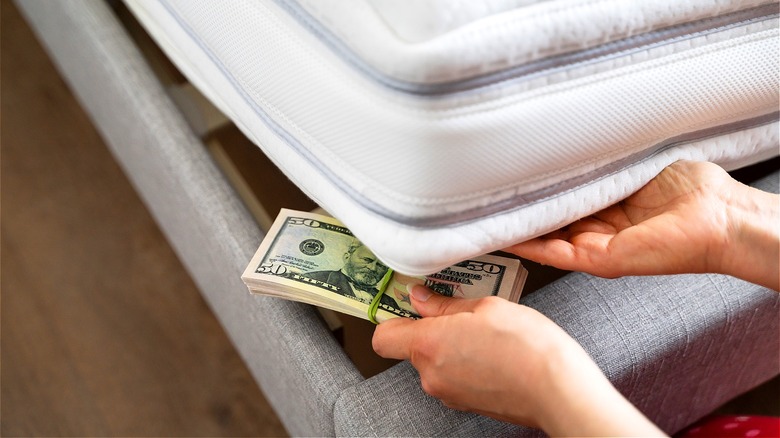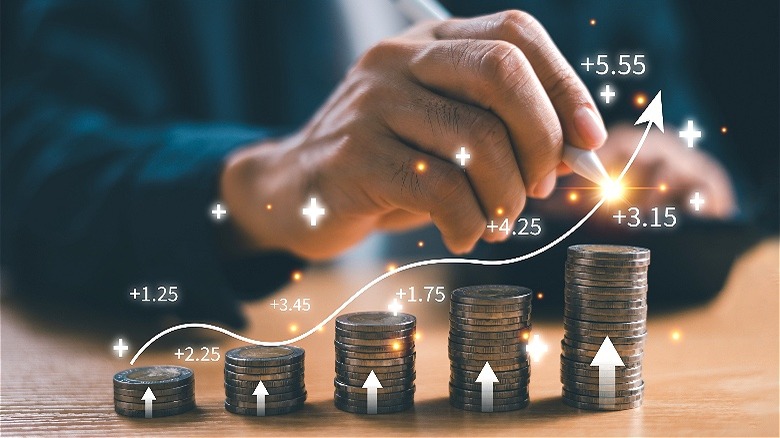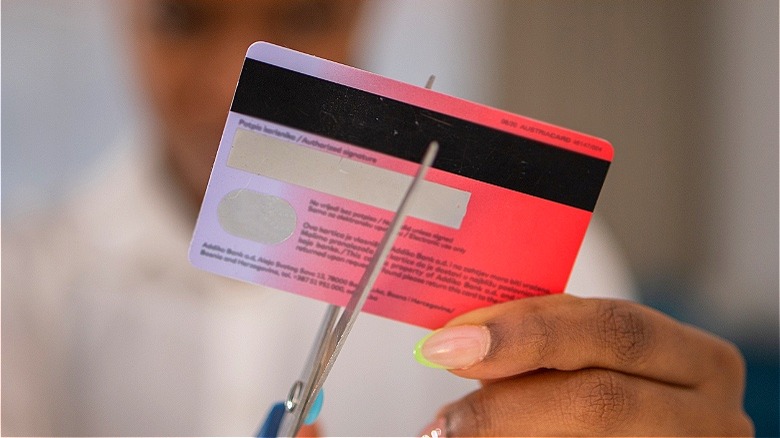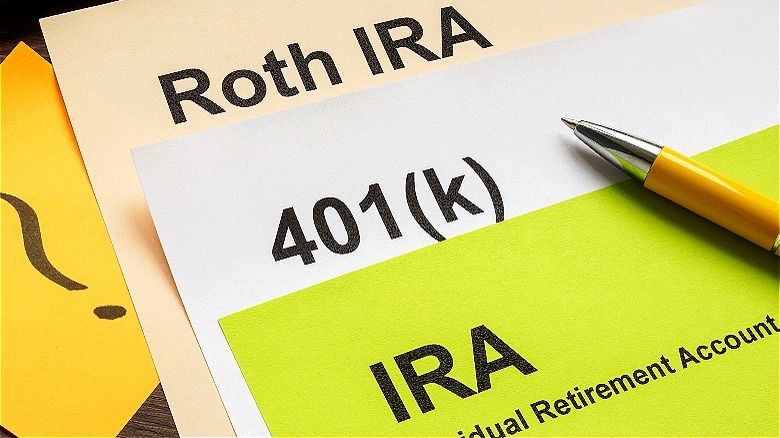The Best Places To Put Your Extra Money
Following the Great Recession (which started in December 2007 and lasted until June 2009), the Federal Reserve slashed interest rates in a bid to revive the flagging economy. The ploy certainly succeeded, with the benchmark S&P 500 index rising more than 700% from its ominous 2009 low of 666 to a current level of more than 5,400. Savers, on the other hand, were left in the dust by nearly invisible returns on extra cash in the form of bank deposits or other fixed-income investments.
Nowadays, there's once again some attractive options for savers with some extra money to park. Perhaps you've wisely saved up three to six months' worth of living expenses in an emergency fund? If so, congratulations are in order, but you'll also want to have those funds generating some passive income while they lie in wait, not just sitting under your mattress. Fortunately, a savings account is once again a viable option, as well as longer-term alternatives like a certificate of deposit.
You might also consider using any excess funds to pay down debt. That's especially true if your borrowing carries a high interest rate, like for example, with a credit card balance. Finally, if you're financially caught up in the present, consider contributing extra money for the future in a new or existing retirement account.
Seek out a high-yield savings account
If your hard-earned cash is earning a paltry rate of interest, or even zero return, at your local bank, then it's time to jump online and research high-yield savings accounts. Though it's possible you might find some aggressive offers locally, be sure to double check those against the highest interest rates available online or else you could effectively be losing money in a high-yield savings account, too.
At the time of writing, institutions like Jenius Bank, Forbright Bank, and BMO Alto are offering annual percentage yields (APY) of 5.25%, 5.30%, and 5.10%, respectively. And that's just to name a few. Better still, there are no minimum deposit requirements to open an account or earn that offered yield. As well, they're fee-free and your money is insured by the FDIC in amounts up to $250,000. Compare that to more mainstream names like Bank of America and Chase, both of which pay an incredibly weak 0.01% APY to their savings account holders.
Granted, you might be able to earn a slightly higher rate of return than even the most attractive savings accounts by investing extra money in a certificate of deposit or government treasury bill instead. However, those instruments have a fixed term (three months, six months, or even longer) and can't be accessed or withdrawn early without penalty. Funds in high-yield savings accounts are more liquid and can be accessed anytime, though some institutions may have limitations on the number of transactions per month.
Pay off expensive debt
Is there a personal finance struggle any more classic than the decision of whether to start saving or pay down debt first? In a nutshell, it's a good idea to establish at least a small cushion of savings for the unexpected, even if you're still carrying a significant debt obligation. However, once that security blanket is in place, you'll want to focus any extra money on paying off high-interest rate debt.
For example, credit card companies routinely charge account holders ~25% interest on average on outstanding balances. By paying down your credit cards, you're effectively earning that 25% interest rate on your money, which is a more attractive return on cash than you'll find nearly anywhere.
Once you've cleared the deck of any super-high-interest rate debt, like credit cards and rent-to-own schemes, you can move on to other areas like personal loans and auto loans. Making extra payments toward paying off the latter is particularly helpful to prevent developing a negative equity scenario. That's where your vehicle is worth less money than you owe on the loan balance.
Invest in your future retirement
Another great place to stash some extra cash is in a retirement account. That's doubly true if your employer offers a matching 401(k) contribution as a perk. In that situation, an employer will match your contributions to your retirement account dollar-for-dollar up until a certain threshold — often capped at 3% or 4% of your salary. This 401(k) match is literally free money, so you'll definitely want to take advantage if your employer is generous enough to offer it. (By the way, here's why companies offer 401(k) matching.)
This being said, if your company doesn't offer a 401(k) or you've already maxed out your annual contributions to that particular account, consider opening up another personal retirement account in the form of an IRA, or individual retirement account, which are offered by many online brokers. Once the IRA is opened and funded, you can begin using that money to buy stocks, ETFs, bonds, and many other investment vehicles — even cryptocurrency.
For 2024, you can contribute up to $7,000 per year ($8,000 if you're 50 years old or more) to an IRA, and contributions to a standard IRA are typically tax-free. There's also a Roth IRA, named after the former Sen. William Roth, which taxes contributions, but allows post-retirement withdrawals to be made tax-free. That alternative method of taxation can be beneficial to retirees if funds in the account have grown substantially over time through investing.



